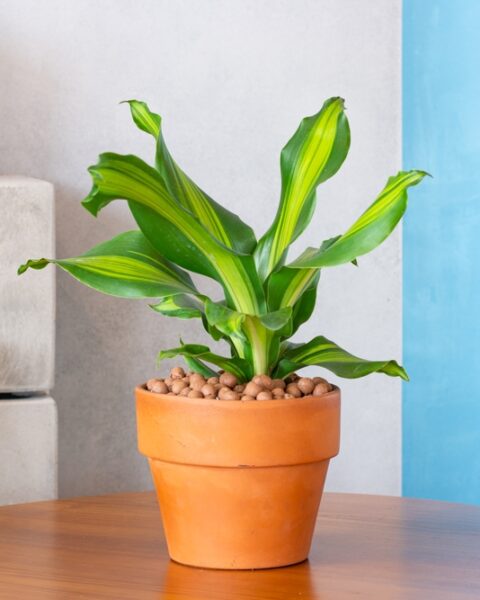With a few thoughtful changes, you can reduce your environmental impact while keeping costs in check. Whether you’re looking to save energy, reduce waste, or repurpose materials, there are plenty of budget-friendly options to explore. Here are some practical tips to help you make your home more sustainable without breaking the bank.
Contents
- 1 Insulate Your Home
- 2 Switch to LED Lighting
- 3 Install Low-Flow Fixtures
- 4 Use Energy-Efficient Appliances
- 5 Opt for Sustainable Building Materials
- 6 Compost Organic Waste
- 7 Embrace Secondhand Furniture
- 8 Grow Your Own Food
- 9 Use Natural Cleaning Products
- 10 Install a Programmable Thermostat
- 11 Harvest Rainwater
- 12 Insulate Your Windows
- 13 Recycle and Reuse
- 14 Choose Low-VOC Paints
- 15 Use Solar Power
- 16 More From RetailShout
- 17 20 Must-Try Comfort Foods for a Chilly November Evening
- 18 5 Old-School Lunchbox Treats That Disappeared
Insulate Your Home
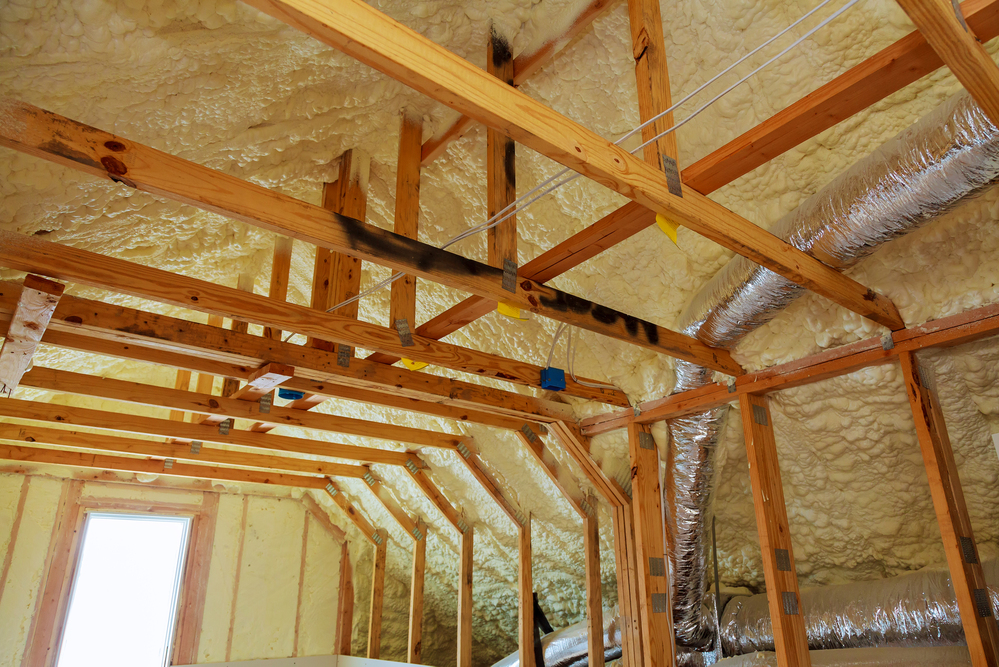
Proper insulation is one of the most effective ways to reduce energy costs and make your home more sustainable. By keeping your home warm in the winter and cool in the summer, insulation reduces the need for heating and cooling systems, lowering your energy bills. It’s an investment that pays off over time, especially if you opt for eco-friendly materials like recycled denim or sheep’s wool. Even small improvements, like sealing gaps around windows and doors, can make a big difference.
Switch to LED Lighting
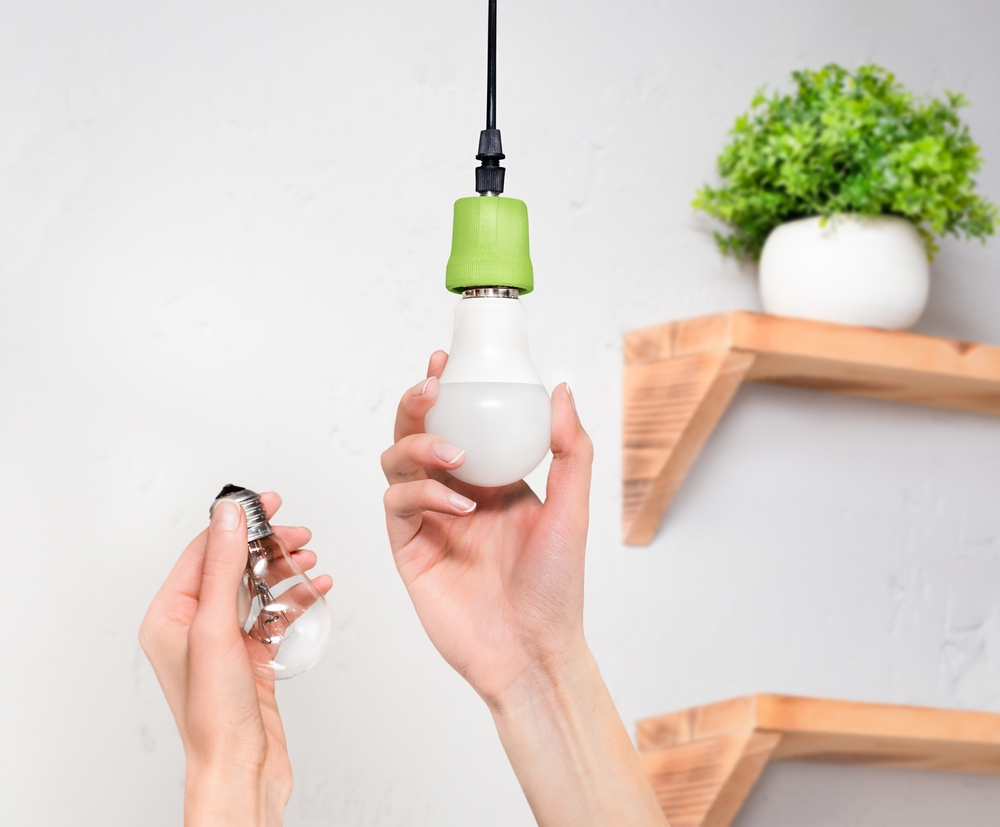
Switching to LED bulbs is a simple yet impactful way to lower your energy consumption. LED lights use significantly less energy than traditional incandescent bulbs and last much longer, saving money on electricity and replacement costs. They also produce less heat, making your home more comfortable during the warmer months. With a wide range of options available, you can find LED bulbs that suit every room and style in your home.
Install Low-Flow Fixtures
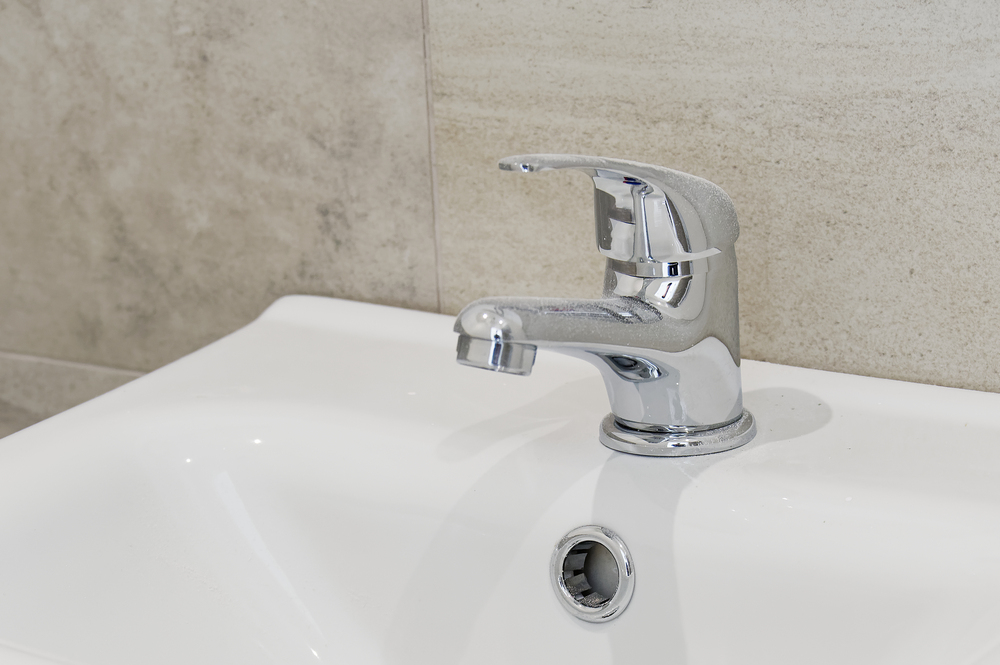
Installing low-flow faucets, showerheads, and toilets is a cost-effective way to conserve water without sacrificing performance. These fixtures reduce water usage by limiting the flow, which can significantly save your water bills. Low-flow options are available in various designs, so you won’t have to compromise on style. Over time, the water you save will add up, making this an easy win for both your budget and the environment.
Use Energy-Efficient Appliances
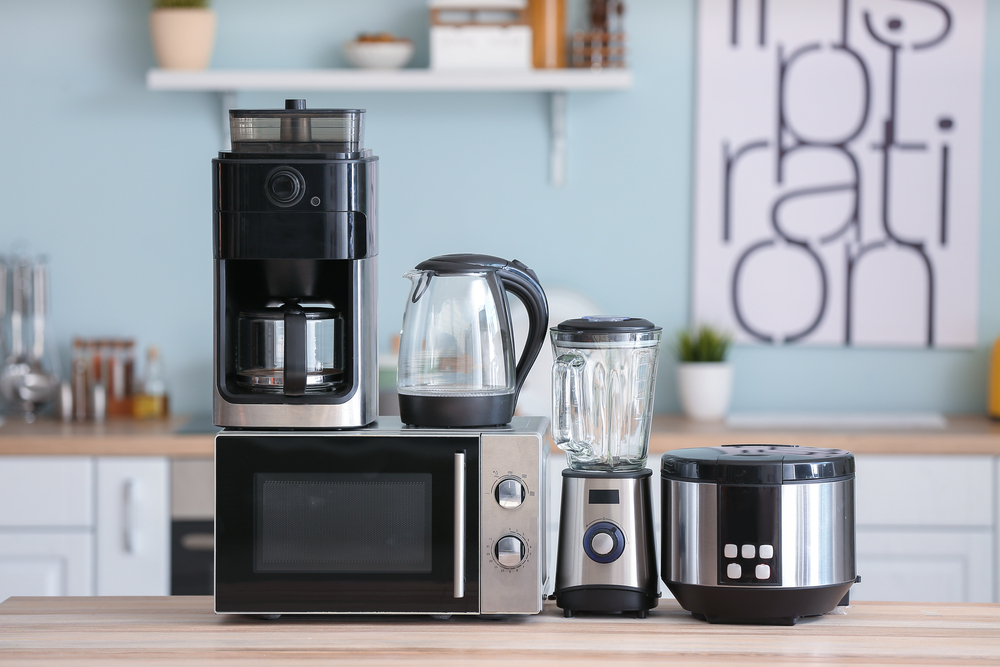
Upgrading to energy-efficient appliances may require an initial investment, but the long-term savings are worth it. Energy Star-rated appliances use less electricity and water than standard models, reducing your utility bills and environmental impact. Look for refrigerators, washing machines, and dishwashers that offer energy-saving features and consider choosing smaller models that better suit your needs. Not only will you save money, but you’ll also reduce your carbon footprint.
Opt for Sustainable Building Materials
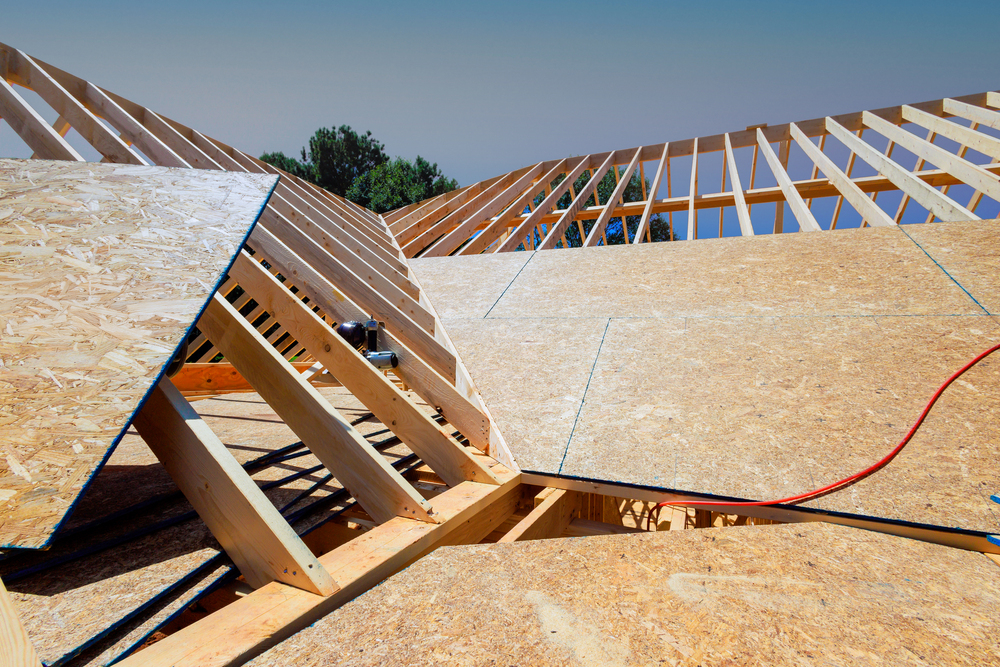
When renovating or making repairs, choose sustainable building materials to minimize your environmental impact. Reclaimed wood, recycled metal, and bamboo are all eco-friendly options that add character and durability to your home. These materials often require less energy to produce and can sometimes be found at lower costs, especially if sourced locally. By opting for sustainable materials, you’re making a long-term investment in the health of both your home and the planet.
Compost Organic Waste
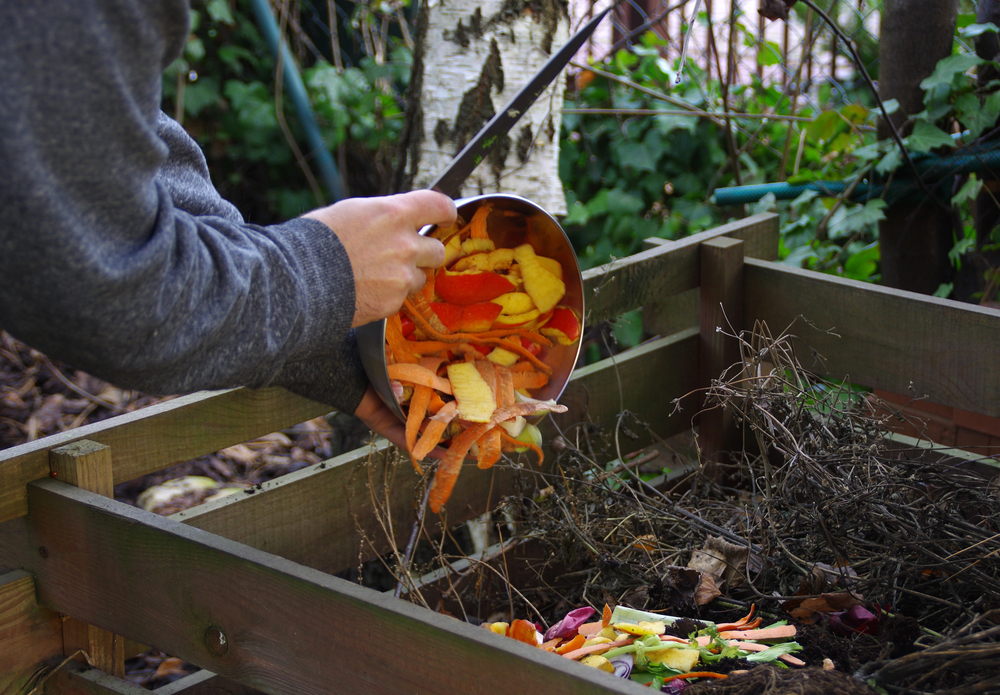
Composting is an easy and inexpensive way to reduce the amount of waste your household sends to the landfill. By turning kitchen scraps and yard waste into nutrient-rich compost, you can create a natural fertilizer for your garden, reducing the need for chemical products. Composting also helps lower your carbon footprint by cutting down on methane emissions from organic waste in landfills. Start small with a compost bin in your backyard or even a worm bin for indoor composting.
Embrace Secondhand Furniture
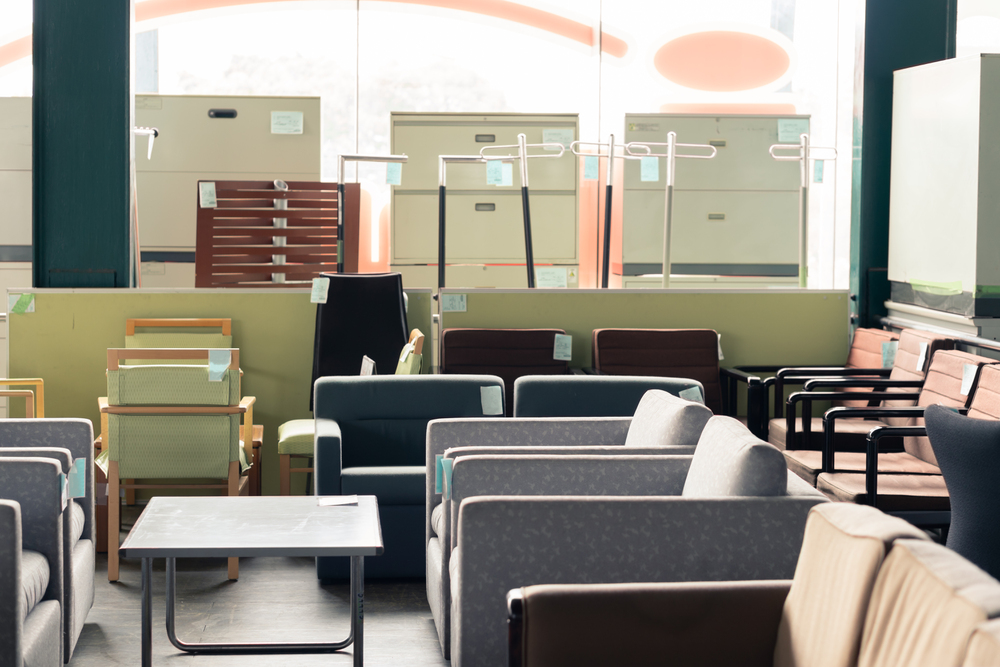
Furnishing your home with secondhand items is a great way to save money and reduce waste. Thrift stores, online marketplaces, and garage sales are excellent places to find unique, affordable pieces that add character to your space. By choosing pre-loved furniture, you’re also helping to keep usable items out of landfills, contributing to a more circular economy. A little creativity with paint or fabric can transform an old piece into something that fits perfectly with your home’s style.
Grow Your Own Food
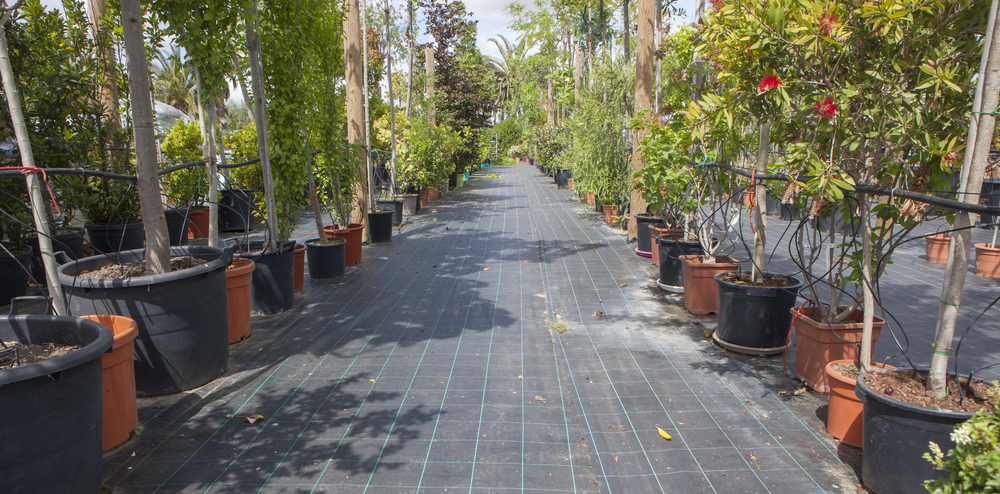
Starting a small garden, even if it’s just a few herbs on a windowsill, can make your home more sustainable. Growing your own food reduces the need for store-bought produce, which often comes with packaging and a carbon footprint from transportation. It’s also a rewarding way to connect with nature and ensure that what you eat is organic and fresh. If space is limited, consider vertical gardens or container gardening to maximize your growing potential.
Use Natural Cleaning Products

Switching to natural cleaning products is an easy way to reduce your household’s chemical load and protect the environment. Many conventional cleaning products contain harsh chemicals that can be harmful to both your health and the planet. Natural alternatives, like vinegar, baking soda, and lemon juice, are affordable and just as effective for most cleaning tasks. You can even make your cleaning solutions at home, cutting down on plastic packaging and waste.
Install a Programmable Thermostat
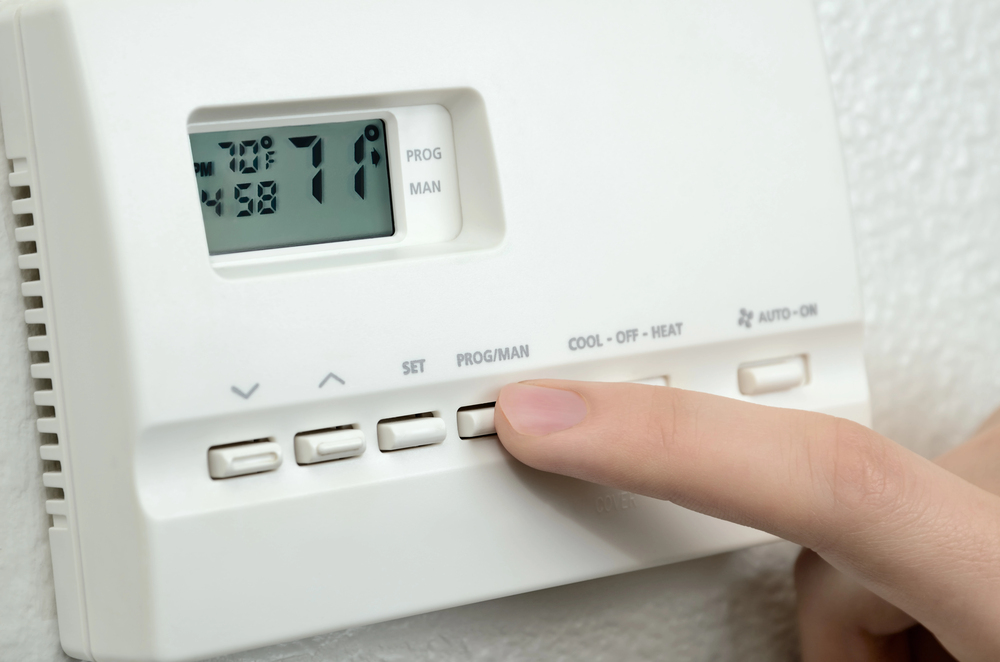
A programmable thermostat allows you to control your home’s temperature more efficiently, reducing energy usage and costs. By setting your thermostat to adjust automatically when you’re asleep or away, you can avoid heating or cooling an empty house. Many modern thermostats also offer smart features that let you control them remotely via a smartphone app. Over time, this small investment can lead to significant energy savings and a more sustainable home environment.
Harvest Rainwater

Collecting rainwater is a simple and cost-effective way to reduce your household’s water consumption. Rain barrels can be installed to capture runoff from your roof, providing you with free water for your garden, lawn, or even for washing your car. This not only saves money on your water bill but also reduces the demand on municipal water supplies. With minimal setup, rainwater harvesting is an easy step towards a more sustainable home.
Insulate Your Windows
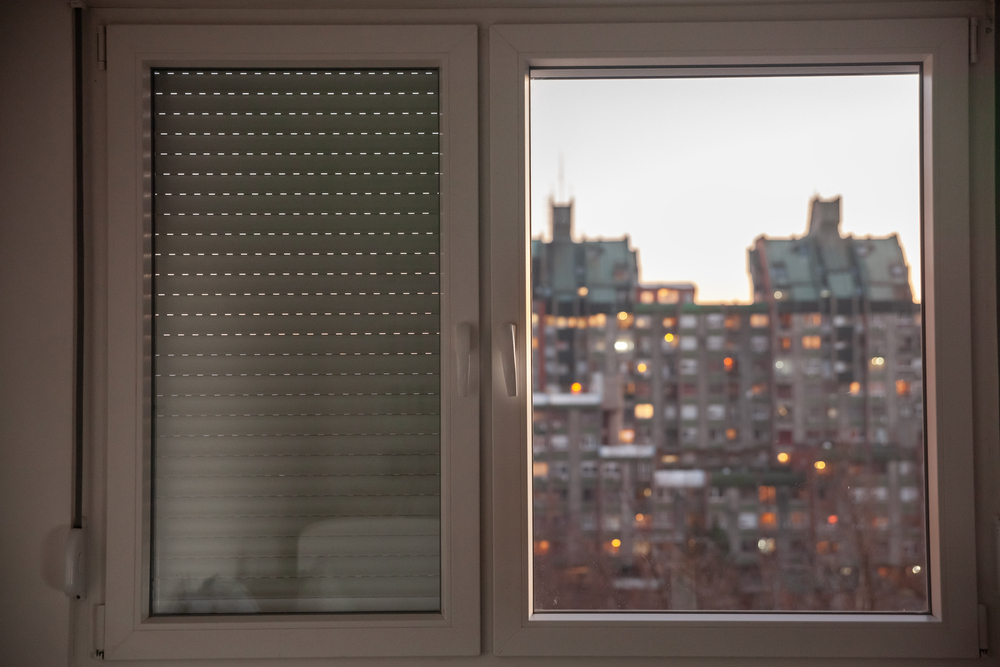
Improving your home’s window insulation is another effective way to reduce energy loss and save on heating and cooling costs. You can add weather stripping, use thermal curtains, or even apply a window film to reduce heat transfer. These solutions are affordable and can make a noticeable difference in your home’s comfort. By keeping the heat in during winter and out during summer, well-insulated windows help maintain a stable indoor temperature.
Recycle and Reuse

Recycling and reusing materials in your home is a practical way to reduce waste and save money. Instead of throwing out items, consider how they might be repurposed or upcycled. For example, old jars can be used for storage, and scrap wood can be turned into shelves or planters. By giving new life to items that would otherwise be discarded, you’re reducing your environmental impact and making your home more resource-efficient.
Choose Low-VOC Paints
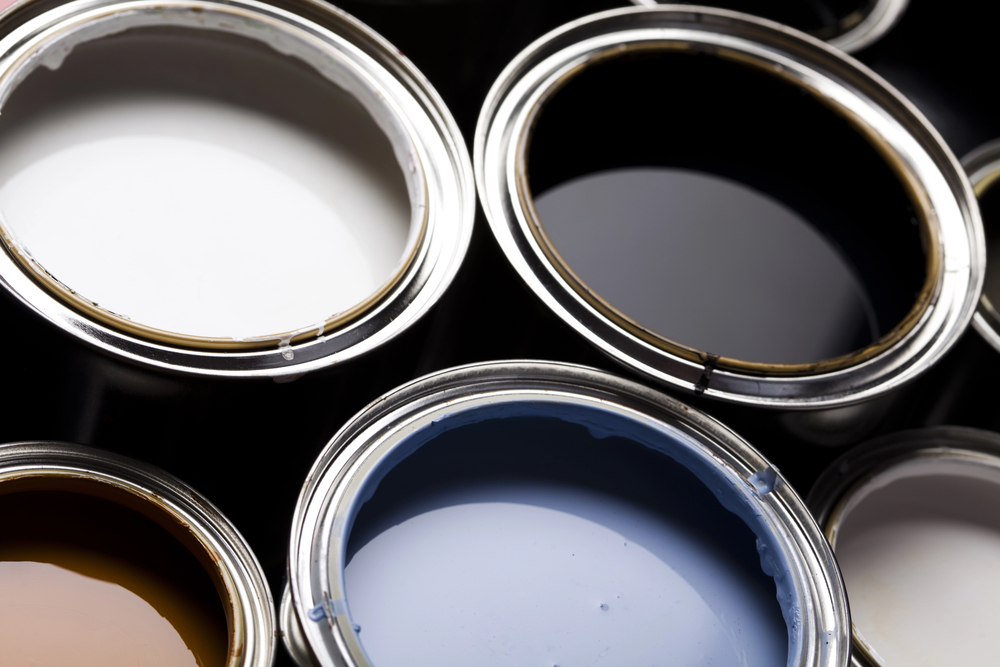
When painting your home, opt for low-VOC (volatile organic compounds) paints to improve indoor air quality and reduce harmful emissions. Traditional paints release VOCs that can contribute to air pollution and health issues like headaches or respiratory problems. Low-VOC paints are now widely available and come in a range of colors and finishes, making it easy to find options that suit your style. This small change can make a big difference in creating a healthier home environment.
Use Solar Power
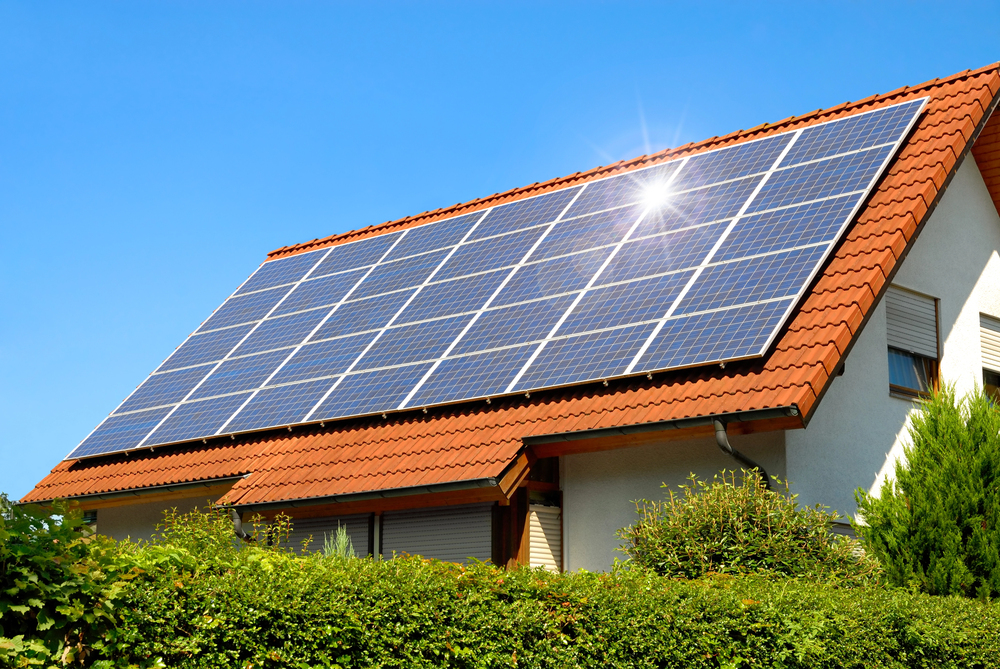
Investing in solar power is a long-term solution that can significantly reduce your home’s carbon footprint and energy costs. Solar panels convert sunlight into electricity, providing a renewable energy source that can power your home’s appliances, lights, and more. While the initial installation cost can be high, many governments offer incentives that can help offset the expense. Over time, solar power can lead to substantial savings on your energy bills, making it a wise investment for a sustainable home.
This article originally appeared on RetailShout.
More From RetailShout
20 Walmart Toys and Games to Snag Before the Holiday Rush Hits

Holiday shopping gets wild, especially when it comes to grabbing the year’s most-wanted toys and games. Walmart has stocked up on some truly awesome finds this season, from classic brands to trendy picks that kids (and even adults) will love. Read More.
20 Must-Try Comfort Foods for a Chilly November Evening

As the days get shorter and the air turns crisp in November, there’s nothing quite like a cozy meal to warm you up. Fall brings with it the perfect excuse to indulge in rich, comforting dishes that make staying in feel special. Read More.
5 Old-School Lunchbox Treats That Disappeared

Lunchboxes today are filled with trendy snacks, but there was a time when kids carried some truly iconic treats. These snacks were the stars of lunchtime, bringing joy to children across the country. Read More.


